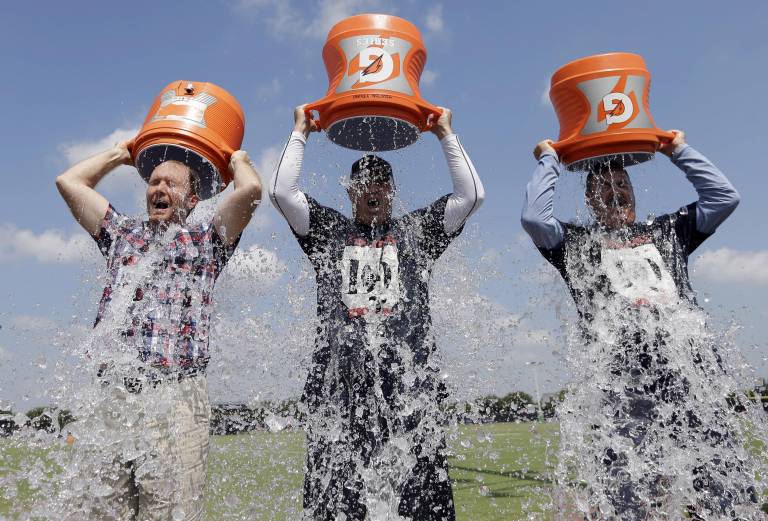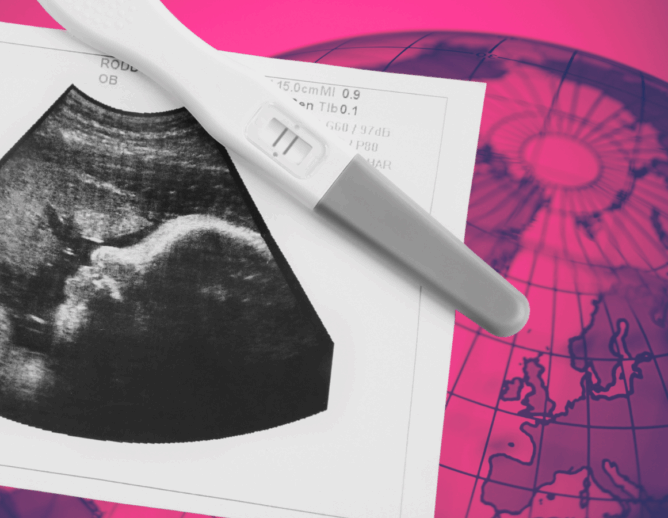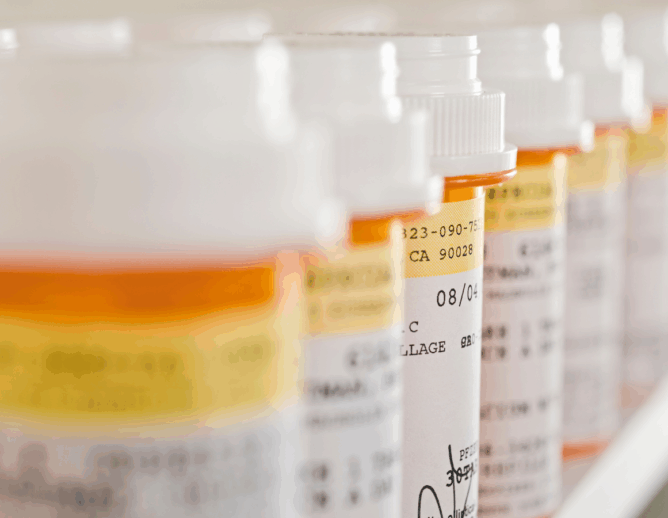 One year ago, the Ice Bucket Challenge was on its way to becoming one of the world’s most successfully awareness campaigns, instantly going viral on all social media platforms all over the world. Throughout the 2014 summer, more than 17 million people participated in the challenge, whose goal was to grow ALS awareness and support. However, the success was also met with much skepticism; were people truly reaching into their pockets and donating to the cause or simply having a laugh with their Facebook and Instagram friends?
One year ago, the Ice Bucket Challenge was on its way to becoming one of the world’s most successfully awareness campaigns, instantly going viral on all social media platforms all over the world. Throughout the 2014 summer, more than 17 million people participated in the challenge, whose goal was to grow ALS awareness and support. However, the success was also met with much skepticism; were people truly reaching into their pockets and donating to the cause or simply having a laugh with their Facebook and Instagram friends?
Well, according to a recent Huffington Post article, the global #IceBucketChallenge raised an estimated $220 million in donations. In the U.S. alone, 2.5 million people donated $115 million to the ALS Association, making the event one of the largest episodes of giving outside of a disaster or emergency.
More importantly, it looks like the money is being put to good use. On its website, the ALS Association outlines in detail how millions of dollars in donations have been doled out to research programs, educational initiatives and patient and community services. The ALS Association says about 40% of the ice bucket money has been spent or budgeted with the rest going into one of the following five main spending buckets:
- $77 million for research: This bucket includes some of the biggest lump-sum donations by the ALS Association for companies researching treatment solutions and therapies for the disease. One of the biggest recipients was the Neuro Collaborative, a partnership between three California laboratories working on developing new therapies for the diseases, which received $5 million. They are now working to create stem cell lines that will mimic ALS patients’ existing nerve cells. The ALS Therapy Development Institute, a nonprofit biotech focused entirely on ALS, also received $4 million, which went directly toward research programs. A third grant of $1.5 million went to Cytokinetics, another biotech company, to fund the late-stage testing of an experimental drug, called tirasemtiv, that could improve lung function for ALS patients. This marks the first time such a drug has reached late-stage trials.
- $23 million for patient and community services. This sum includes $8.5 million given by the organization to its 39 local ALS chapters, where initiatives vary, from providing iPADS to help patients communicate, to supplying canes and wheelchairs once patients lose mobility.
- $10 million for public and professional education. This will go towards educating the public about ALS and helping doctors to learn how to best fight for ALS patients.
- $3 million for fund raising.
- $2 million for external processing fees such as debit and credit card fees for processing all the donations that went through online systems.
Now money wasn’t the only thing the campaign managed to raise. Online conversations about ALS grew almost six times compared to the same time the previous year, and 29 percent of survey participants who took part in the challenge said they had little to no knowledge of ALS prior to the campaign. It appears that all those hours watching ice bucket fails on YouTube served a higher purpose.
Currently, a new promo on the ALS Association’s website proclaims “Let’s keep it up this August and every August until there’s a cure”. While the ALS Association plans to bring the challenge back next month, it will most likely be difficult to replicate the success of its first year, which marked a 1,000-percent spike in donations to the ALS Association. It is quite possible that this summer will determine whether the ALS Ice Bucket Challenge was a novelty or a repeatable tradition. This is concerning as it can take $2 billion to develop one new treatment. So while the $115 million are a good start, a long term plan needs to be implemented for real progress to be made.



